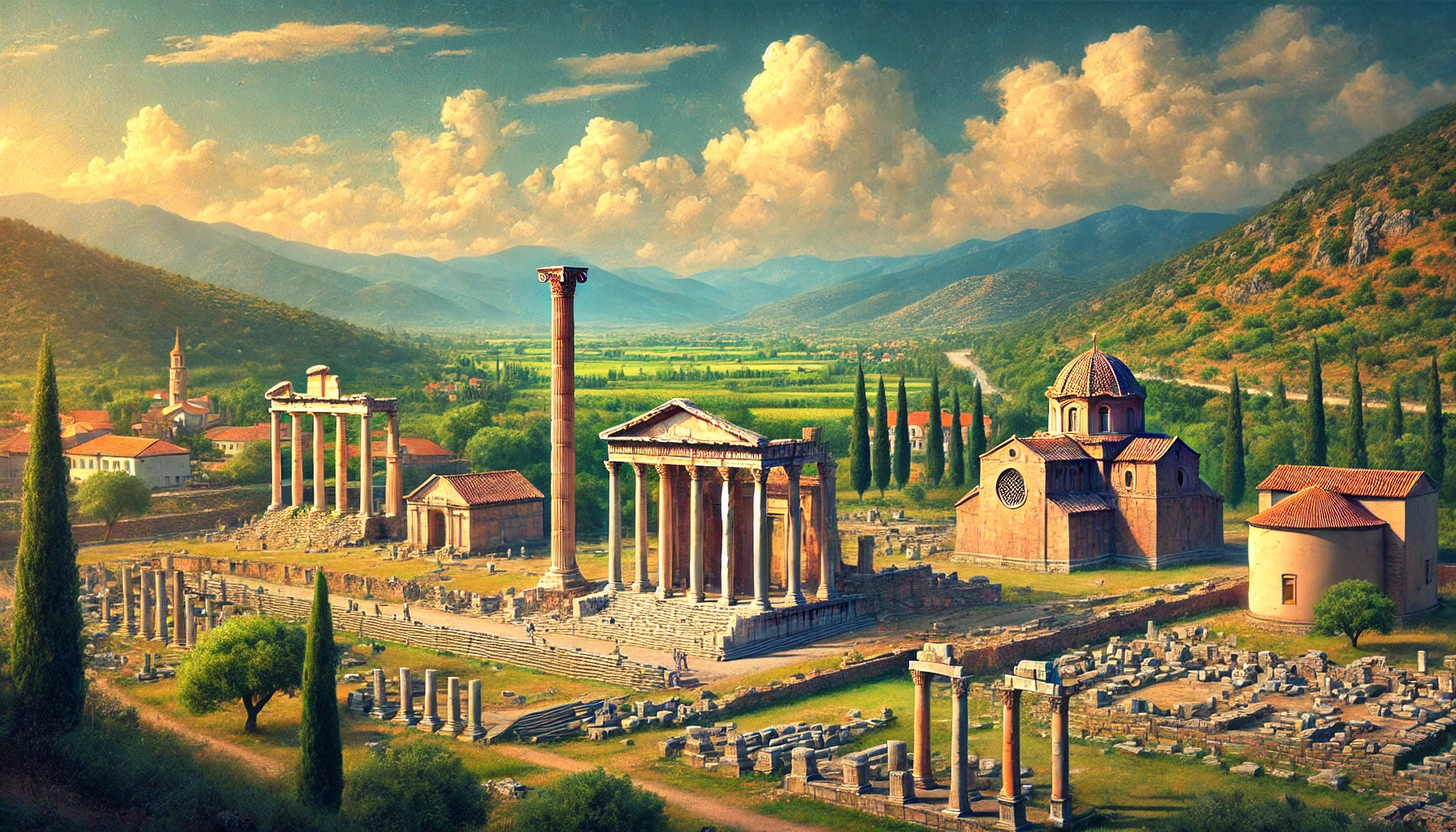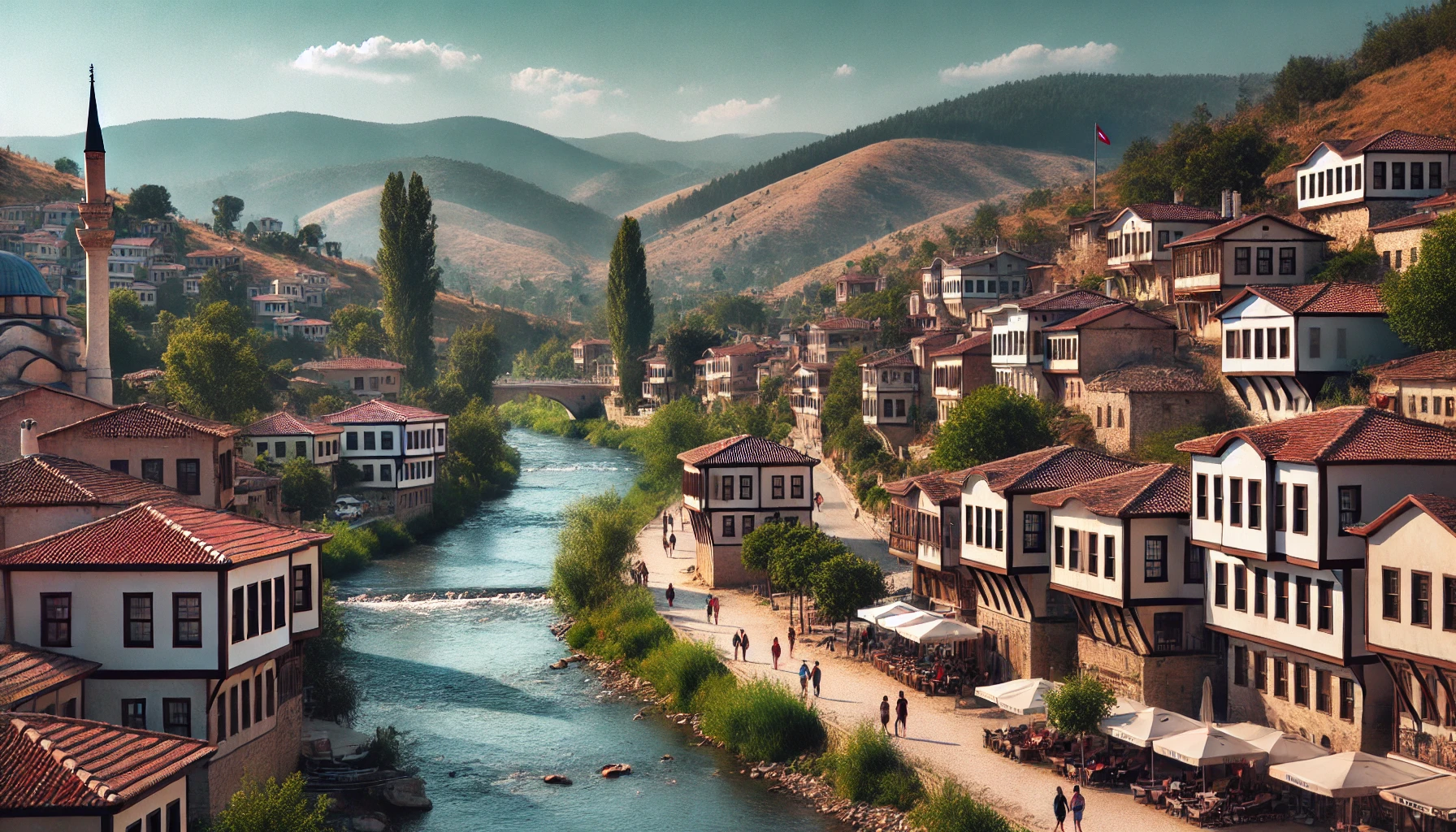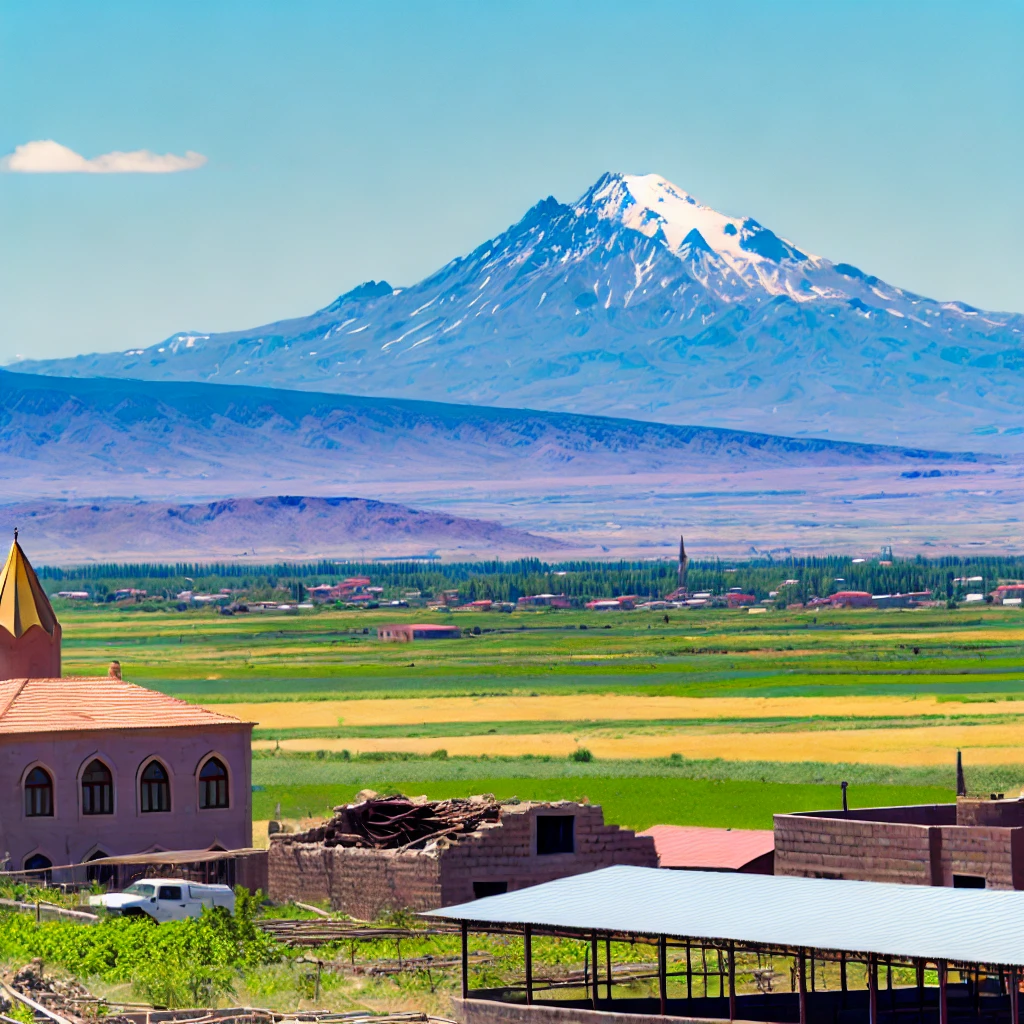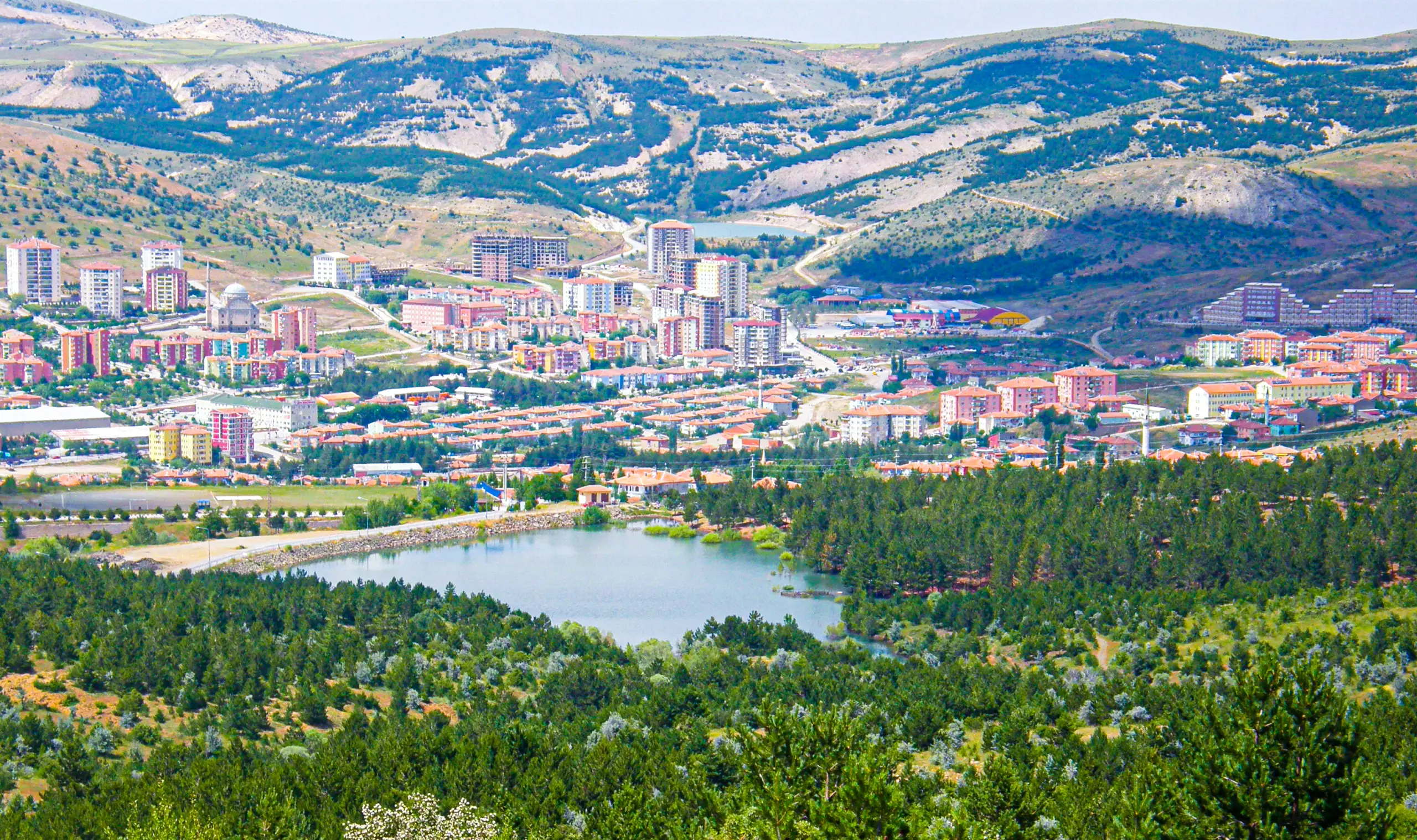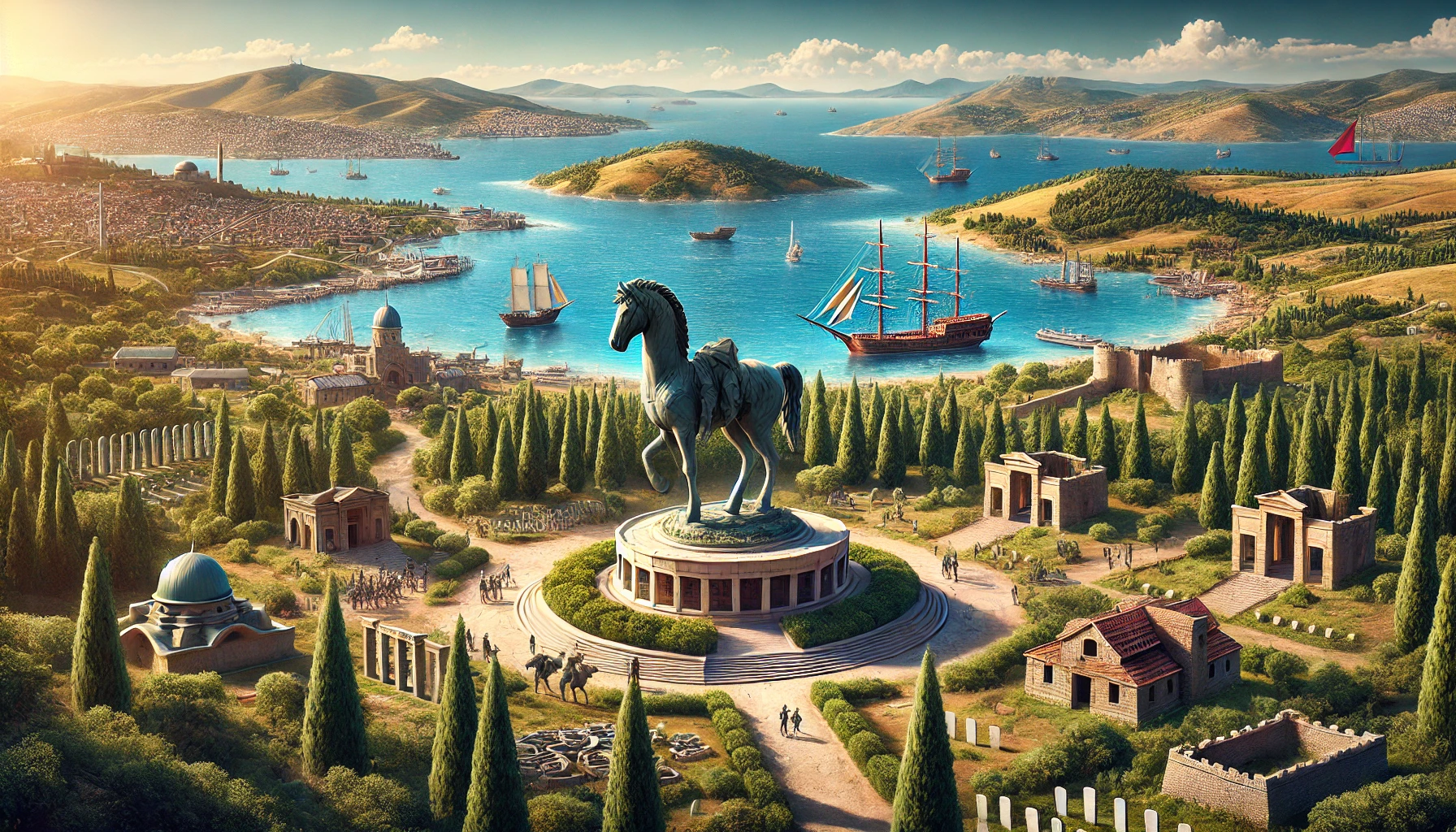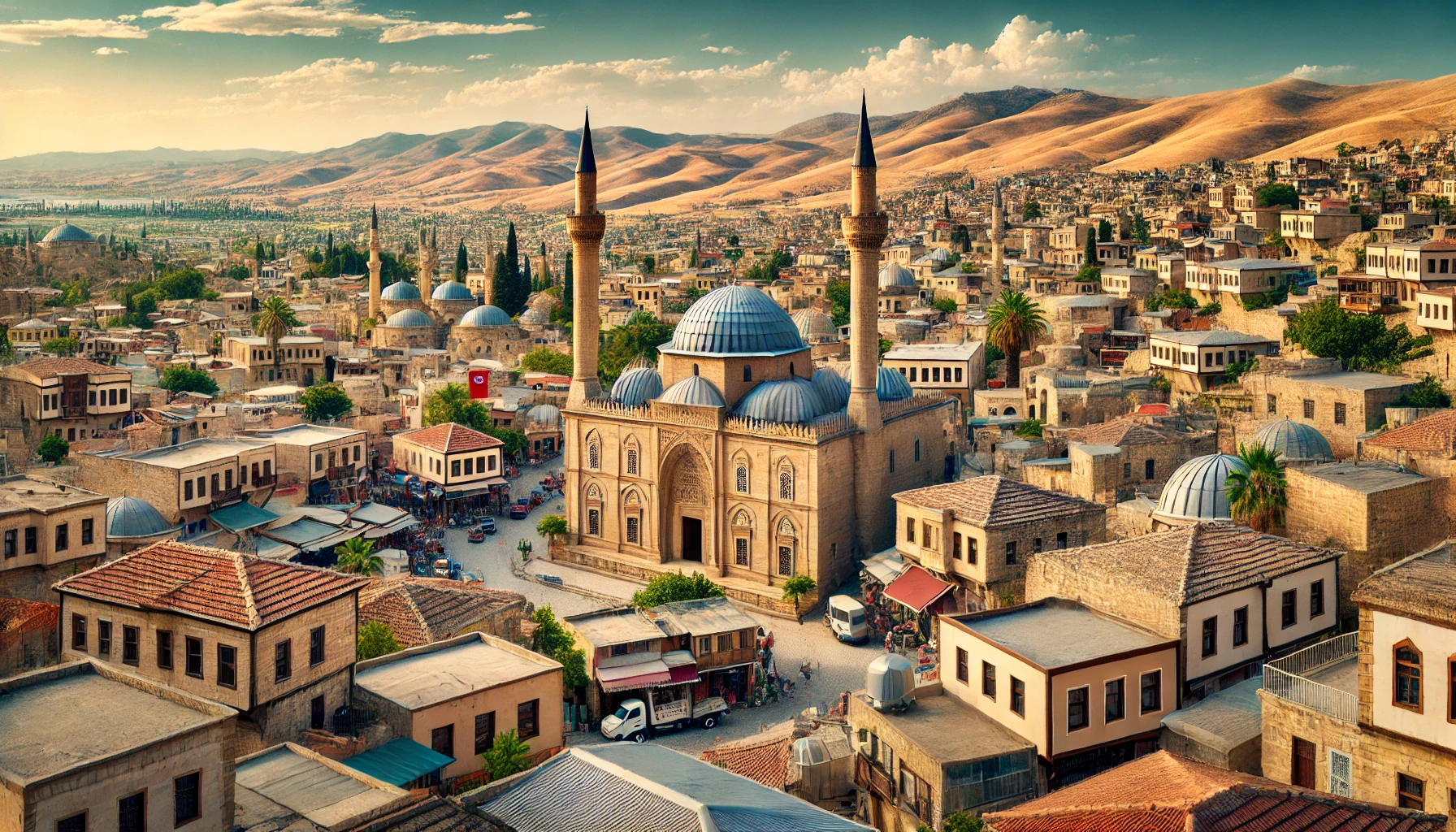Discovering Sardis: The Ancient Capital of Lydia
Sardis, the ancient capital of the Kingdom of Lydia, is a site of immense historical and cultural significance. Situated in the town of Salihli in Manisa province, Sardis was once a thriving center for trade and commerce during the Hellenistic and Roman eras. Under Byzantine rule, it continued to hold its importance as the center of episcopacy. This article will guide you through the rich history, key attractions, and natural beauty of Sardis, making it an ideal destination for travel enthusiasts.
A Glimpse into the History of Sardis
The Kingdom of Lydia
Sardis was the capital of the ancient kingdom of Lydia, which flourished from the 7th century BC until it was conquered by the Persian Empire in the 6th century BC. Lydia was known for its wealth, particularly from gold mining and the invention of coinage. The most famous Lydian king, Croesus, became synonymous with great wealth, and his legacy remains a fascinating aspect of Sardis’ history.
Hellenistic and Roman Eras
After the Persian conquest, Sardis continued to thrive under Hellenistic and later Roman rule. The city became an important hub for trade and culture, with impressive architectural developments including temples, theaters, and baths. The influence of Greek and Roman culture is evident in the ruins that can still be seen today.
Byzantine Rule
During the Byzantine era, Sardis remained a significant city, serving as a center of episcopacy. The city continued to be a religious and cultural center, with many churches and religious buildings constructed during this period. However, Sardis eventually declined due to natural disasters and invasions, leaving behind a treasure trove of ruins for modern visitors to explore.
Key Attractions in Sardis
The Temple of Artemis
One of the most striking features of Sardis is the Temple of Artemis. This grand temple was one of the largest in the ancient world and served as a major religious center. Although much of it lies in ruins today, the remaining columns and foundations give a sense of its former grandeur.
Exploring the Temple
Visitors can walk among the towering columns and explore the temple’s layout. Informative signs and guides provide historical context, making it a must-visit site for anyone interested in ancient architecture and religion.
The Gymnasium and Bath Complex
The gymnasium and bath complex in Sardis is one of the best-preserved examples of such structures from the Roman period. This impressive complex was a center for physical training, socializing, and relaxation.
Architectural Highlights
The complex includes a large courtyard, various rooms for exercises, and an elaborate bath area with intricate mosaics and marble decorations. The grandeur of the complex reflects the importance of physical fitness and public baths in Roman culture.
The Synagogue
Sardis is home to one of the largest ancient synagogues ever discovered, indicating the presence of a significant Jewish community during the Roman period. The synagogue features beautiful mosaics and inscriptions in Hebrew and Greek.
Cultural Significance
The synagogue is a testament to the religious diversity and cultural richness of ancient Sardis. Visitors can explore the well-preserved structure and learn about the history of the Jewish community in the city.
The Byzantine Church
The ruins of a Byzantine church in Sardis highlight the city’s significance during the Christian era. This early Christian church, with its mosaic floors and stone columns, provides insight into the religious life of the city’s inhabitants during the Byzantine period.
Exploring the Church
The church ruins include intricate mosaics and architectural details that reflect the Byzantine style. Visitors can wander through the remains and imagine the vibrant religious community that once gathered there.
The Mounds of Bintepe
Royal Tombs
Located near Sardis, the Mounds of Bintepe are ancient burial mounds built for Lydian royalty. These impressive tombs date back to the 7th century BC and are among the largest tumuli in the world.
Historical Importance
The mounds provide valuable insights into the burial practices and beliefs of the Lydians. Archaeological excavations have revealed rich grave goods and artifacts that highlight the wealth and power of the Lydian kings.
Visiting Bintepe
Visitors to Bintepe can explore the largest mounds, which are easily accessible from Sardis. The site offers stunning views of the surrounding landscape and a deeper understanding of Lydian culture and history.
Practical Information for Visitors
Getting There
Sardis is located approximately 90 kilometers east of Izmir and 8 kilometers from the town of Salihli. Visitors can reach Sardis by car, with ample parking available at the site. Alternatively, organized tours from Izmir and nearby towns offer convenient transportation and guided tours.
Exploring the Site
Visitors should plan to spend at least half a day exploring Sardis and Bintepe. Comfortable walking shoes, water, and sun protection are essential, as the terrain can be uneven and the weather hot, especially in the summer months. Maps and information boards are available at the entrance to help visitors navigate the site.
Best Time to Visit
The best time to visit Sardis is during the spring (April to June) and autumn (September to November) when the weather is mild and pleasant. These seasons offer the best conditions for exploring the ruins and enjoying the natural beauty of the area.
Why Sardis is a Must-Visit Destination
Rich Historical Legacy
Sardis offers a deep dive into ancient history, with its well-preserved ruins and fascinating artifacts. The city’s importance during the Lydian, Hellenistic, Roman, and Byzantine periods makes it a captivating destination for history enthusiasts.
Architectural Marvels
The impressive architectural remains, including the Temple of Artemis, the gymnasium and bath complex, the synagogue, and the Byzantine church, showcase the city’s rich cultural heritage. These structures provide a tangible connection to the past and highlight the architectural prowess of ancient civilizations.
Stunning Natural Scenery
The natural beauty surrounding Sardis, including the Mounds of Bintepe, adds to the site’s appeal. Visitors can enjoy scenic walks and stunning views, creating a serene and picturesque setting.
Conclusion: Unveiling the Wonders of Sardis
Sardis, with its rich history, stunning ruins, and beautiful natural setting, is a hidden gem in Turkey’s archaeological heritage. From the grand Temple of Artemis and the elaborate gymnasium and bath complex to the significant synagogue and Byzantine church, Sardis offers a diverse range of experiences for travel enthusiasts. As you explore this ancient city and its surroundings, you’ll uncover the stories of a bygone era and create lasting memories.
Latest Update: Jul 20, 2024
Your Content Goes Here
TAGS: ancient city of Sardis, Byzantine church Sardis, historical sites in Turkey, Lydian tombs, Mounds of Bintepe, Sardis, Sardis gymnasium, Sardis ruins, Sardis synagogue, Sardis travel guide, Sardis Turkey, Temple of Artemis Sardis, Turkey tourism
Welcome to Izmir, Manisa
A brief summary of the key points in this article.

